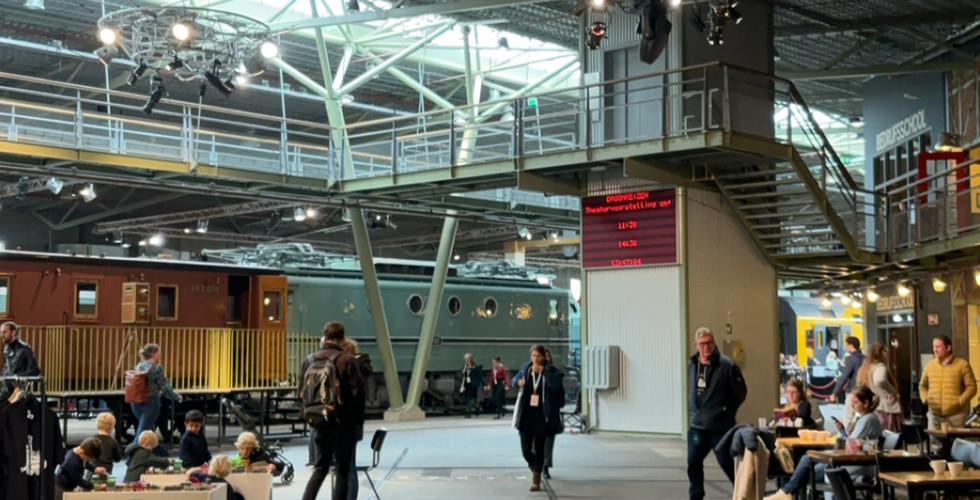Workshop at the International Transdisciplinarity (ITD24) Conference in Utrecht
- mirjamsteiger
- Sep 15
- 3 min read

Putting Theory into Practice – Testing our First CSS Literacy Tools
From November 4 to 8, 2024, the Translating Transformations team participated in the ITD24 conference in Utrecht, the Netherlands. Organized by the ITD-Alliance (Global Alliance for Inter- and Transdisciplinarity), SCNAT (Swiss Academies of Arts and Sciences), and Utrecht University, this event brought together over 500 experts, educators, and researchers from around the world to exchange ideas and practices in inter- and transdisciplinary research and education.
We were delighted that our workshop proposal was accepted, giving us a 90-minute slot to test one of our first developed CSS literacy tools and spark discussion on power in ITD research. Sierra, Jinat, and Mirjam traveled to Utrecht to take part at the conference and host the session, which was attended by 20 participants.
Our workshop, "Towards Unconventional and Just Outcomes in Transformative Change: Applying Critical Theoretical Lessons on Power in ITD Research Initiatives”, invited participants to try out and give feedback on our initial CSS literacy tools. The session centered on reflexivity around structural power dynamics—barriers that often limit transformative change—and aimed to build connections for future collaborations and share our open-source CSS literacy tools.
Workshop Design
The 90-minute workshop opened with a pre-assessment questionnaire, collecting insights into participants' experiences with CSS, their understanding of structural power, and its influence on ITD processes and outcomes. A short introduction linked core CSS themes such as depoliticization and pluralization to our work, showing how our tools “repoliticize” processes by embracing plural perspectives. We also introduced key ideas on hegemony and Foucault’s power-knowledge framework (see CSS concepts), including a theoretical overview of our Power of Truth tool.
The core activity focused on testing the Power of Representation tool, designed to foster active listening and reflection on how power operates through representation and recognition. Participants worked in pairs, alternating roles as speaker and active listener, reflecting on the following statements:
I have always seen myself, or people like me, represented in my government, in popular media, and in positions of power in my occupation.
Growing up, I was always surrounded by things made by people like me, about people like me, and for people like me, wherever I went.
I can be assured that my knowledge/discipline will be valued and respected in most of my professional interactions.
After each round, the listener reported back what they heard, before switching roles. The Translating Transformations team circulated to support participants and answer questions.
In the plenary reflection, some participants appreciated the personal and intimate nature of the questions, while others found it uncomfortable. A shared takeaway was the recognition that discussions become more meaningful when people truly listen rather than prepare to respond.
Feedback and Wrap-Up
We closed with a guided discussion on the tool’s usability and applicability, structured around four questions: a. To what extent do you think the tool accomplished its purpose?; b. Which aspects of the tool added to its success and which did not?; c. How could the tool be improved?; d. How comfortable did you feel using the tool and how might we improve users’ ability to provide a safe space for experimenting with the tool?
Participants provided thoughtful feedback, helping us refine and finalize the tool. The session ended with a short post-assessment questionnaire.
This workshop was an invaluable opportunity to test our tools in practice, strengthen exchange with researchers and practitioners, and gather input that will guide our ongoing tool development.
What’s Next?
Stay tuned for our next blog post, where we’ll share insights from workshops testing additional tools. In the meantime, you can explore the first set of tools in our CSS Literacy Toolbox.











